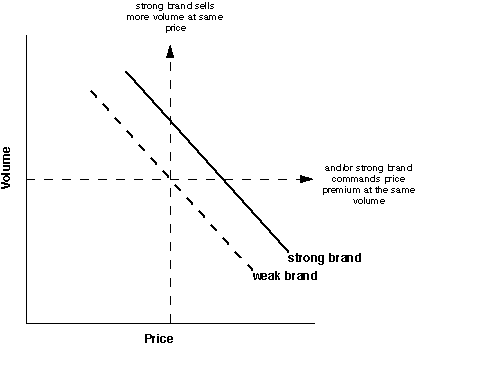
Strategic Planning ● Economic and Community Development ● Marketing Strategies
|
|
|
|
 |
Laws of BrandingSusannah Hart and John Murphy (editors) |
This is almost certainly true because the last ten years has seen a train of events which, to use the language of marketing, have re-positioned brands. Brands are no longer of interest because they provide their owners with a colourful way to compete; they are now widely recognised as business assets of genuine economic value and as such have attracted the attention of a much wider audience. Brands are now centre stage: they drive major mergers and acquisitions; they appear frequently in the balance sheets of their owners; they have vexed legislators involved in updating archaic trade mark law; their application now extends to organisations who a few years ago would never have considered themselves as 'brands' (charities, utilities, sports associations, cities, etc.); and they have changed irrevocably the way in which many major companies organize and run their businesses." (from the Foreword)
The editors of this book (and indeed, many of its contributors) are with Interbrand, a UK-based firm specializing in brand management. As a result, while much of the book is interesting and useful, it has a decidedly European flavour to it.
Brands The New Wealth Creators consists of twenty essays by various authors (many with Interbrand), each offering a different perspective on the branding process. The essays are:
"Essentially, a brand is nothing but a network of associations in the consumer's mind. If an association whether rational or emotional represents something that is personally and/or socially desirable to the consumer, we call it a value. Such values are the key drivers of consumer choice." (p. 190) Insofar as a brand causes consumers to preferentially select a certain brand over that of competitors, it can drive sales and profits that otherwise wouldn't occur. These can be measured, projected into the future, discounted, and assigned a tangible value. This income-based method of valuation has been pioneered by Interbrand, and is discussed in Chapter 10 (along with the cost-based, and market-based methods of brand valuation).
In addition to 'traditional' product branding, the essays discuss the use of corporate branding, the rise of retail brands, and commodity branding.
Particular 'gems' of information contained within the book are:

The book concludes by affirming the strong and growing role of brands in society, and their increasing use in non-traditional areas (e.g. charities, cities, people). It concludes with a plea to managers to recognize the need for their brands to be seen to have social responsibility:
"Brands are not just about fulfilling basic consumer needs. Brands possess great power and the truly great brands will be those that learn to balance this power with responsibility." (p. 214)
IF YOU HAVE ANY COMMENTS ON THIS REVIEW (I.E. DISAGREEMENTS, ADDITIONAL PERSPECTIVES, ETC.) OR SUGGESTIONS FOR FUTURE BUSINESS BOOK REVIEWS, WE'D LIKE TO HEAR FROM YOU! CONTACT US AT jlinton@consulttci.com
|
|
|
• • • • TCI Management Consultants | Home |
About TCI | TCI Service |
Case Studies/Clients |
Copyright © 2014, TCI Management Consultants. All rights reserved.
|